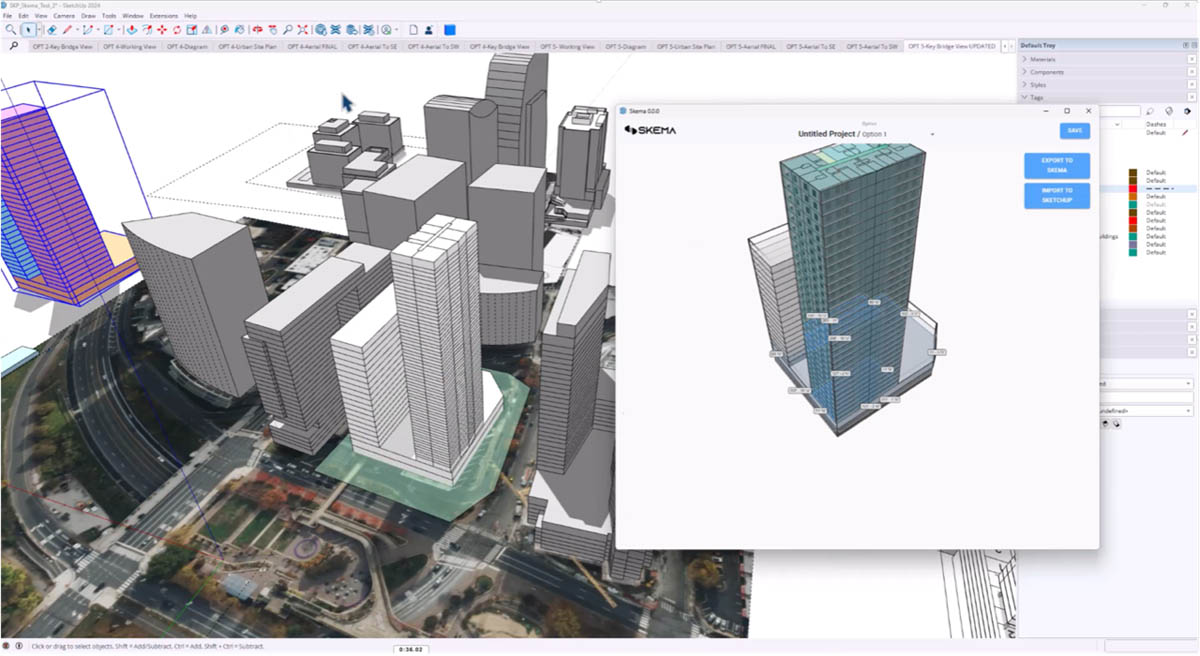The productivity gains to be had from current AEC software options may be close to exhausted. To adapt and survive, the industry should instead be focusing on knowledge-based expert design systems, writes Richard Harpham
Today, most designs are produced in software solutions specifically built for BIM model and drawing production and intentionally designed to accommodate all building types. While these legacy systems have replicated and replaced the manual tools that architects used for centuries, providing more accurate and better coordinated digital methods along the way, it’s still pretty much a case of the same processes as before, but now in CAD and BIM software. In other words, all the knowledge and expertise for a specialised building’s needs and purpose still must be in the designer’s head. These building-type specialisms have been around for a long time, along with expert understanding of their legislative needs.
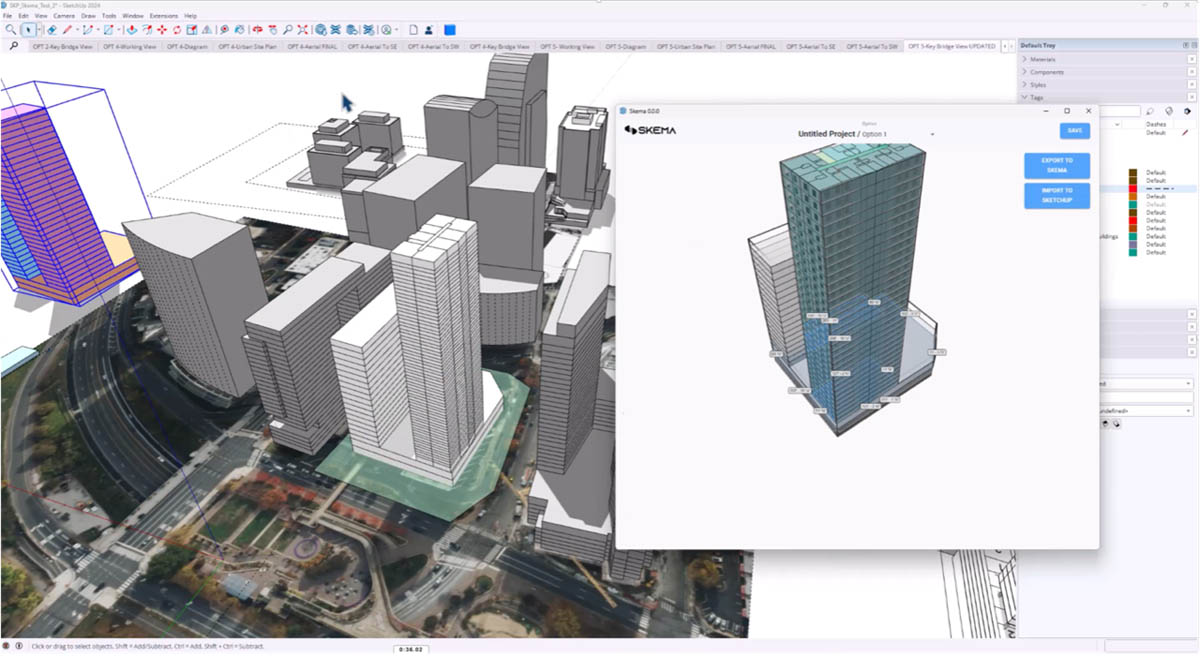
What’s changed is that the industry is now questioning what comes next. Many software customers are no longer confident that a faster, vanilla BIM solution will provide the productivity gains needed in a new era of expert intelligence tools based on AI and machine learning (ML).
As Charles Darwin is often purported to have said: “It is not the strongest of the species that survives, nor the most intelligent that survives. It is the one that is the most adaptable to change.”
Darwin’s theory of evolution by natural selection posits that organisms evolve to adapt to their environment to survive. Those that are better suited to their environment — whether through physical traits, behaviours, or abilities — are more likely to survive and reproduce, passing on advantageous traits to future generations.
In the context of architecture, Darwinian principles can be applied metaphorically to the process of design specialisation. Specialisation in architectural design can take many forms, including focusing on specific types of buildings, particular construction methods, or specific professional skills.
Just as species adapt to specific ecological niches, many architects will increasingly evolve to carve out their own niches in the design world, aiming to become the ‘fittest’ in their chosen fields. Of course, there will still be ‘generalist’ architects, but just as Darwin described, the divergence of some – or many – could form a new species of firm that proves to be tremendously more successful in a specialised segment.
Find this article plus many more in the Sept / Oct 2024 Edition of AEC Magazine
👉 Subscribe FREE here 👈
Playing catch-up
Architectural design software hasn’t been adapting as fast — until recently. Now, we’re seeing a host of software start-ups emerge that are betting their growth strategy on narrowing the capabilities of their software. The thinking here is that, by targeting a deep and narrow segment of the design market, they might become a leading solution in just one or two building types and thus carve out a profitable, differentiated business for themselves from the +$13 trillion construction industry.
A strong catalyst for this trend is the rise of AI and ML. AI has the potential to automate many aspects of the design process, such as optimising building layouts or generating construction plans, but until ‘general AI’ emerges, it requires a narrow set of parameters to work successfully.
AI technologies could help architects specialise more deeply in specific building typologies, executing common, simple, and repetitive design tasks and unlocking time for architects to focus their professional skills and ingenuity on the more aesthetic challenges that differentiate their designs.
Many people in the industry expect that the software companies and their customers who carve out specialised areas of excellence will reap tremendous value and profits much more quickly than their competitors. At DPR, production design leader Charlie Dunn puts it this way: “By focusing on a building type, and then starting with prefabricated elements for that building type, we can simplify and accelerate our design solutions. The problem set is smaller, and the iteration loop accelerates to support the desired new DfMA flows.”
So, what are some of the forces driving architectural specialisation? To my mind, the list looks something like this:
- Technological advancements: New tools such as parametric design, BIM and 3D printing can transform the way architects approach their work. However, these technologies require specialised knowledge and skills, steering architects to focus more on specific technological applications with specific building types.
- Sustainability and environmental design: The growing focus on sustainability and environmental responsibility has led to the rise of architects specialising in green building practices, such as passive solar design, energy-efficient systems and/ or the use of sustainable materials.
- Urbanisation and population growth: As global populations continue to grow and urbanisation accelerates, cities face challenges such as housing shortages, transportation congestion and the need for resilient infrastructure. There are opportunities here for architects who specialise in multifamily buildings, educational institutions and hospitals, for example.
- Regulatory and safety requirements: Certain building types, such as healthcare facilities, schools and industrial plants, must comply with rules around safety, accessibility and functionality. Architects need a deep understanding of the relevant regulations and codes to meet the necessary standards.
Benefits of specialisation
Architects and software suppliers that embrace this specialisation trend, meanwhile, might experience several benefits.
For example, specialisation allows architects and their software suppliers to develop a deeper understanding of specific design challenges. This enhanced knowledge enables more effective and innovative solutions to emerge. Specialised architects can address complex design challenges more effectively than generalists, while increasing the likelihood that their software suppliers can leverage specialised segment data for machine learning and AI methodologies.
As firms develop professional, profitable reputations as leaders in specific fields, there should be a clearer route to market differentiation and profit. Even if we only consider the multi-family, hospitality, education, medical and datacenter segments, we are already describing a market that accounts for more than 60% of all construction globally.
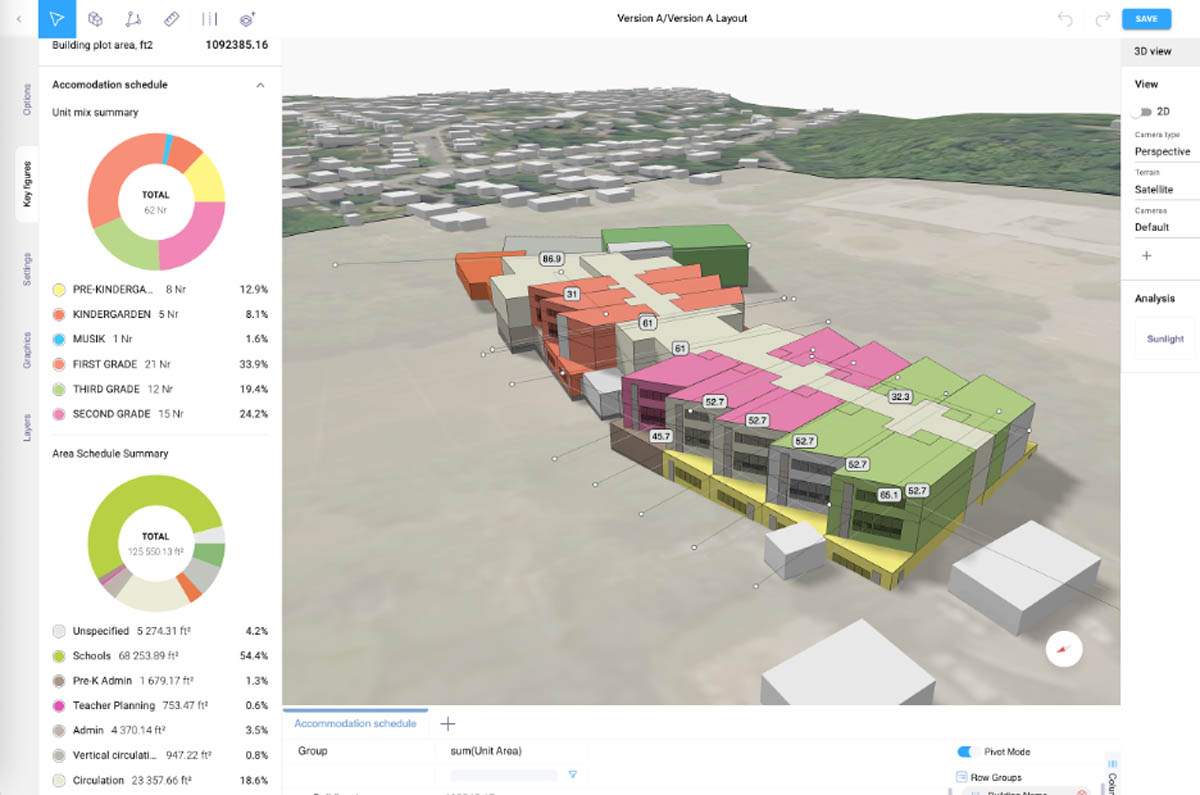
For architects, a narrower and deeper focus should lead to more valuable solutions that support higher fees and greater client demand. Corresponding software start-ups should also find it easier to describe to investors their potential growth and market share opportunities in specific markets.
Specialisation also creates increased opportunities for collaboration between architects, engineers and contractors, and between architectural firms in multi-use projects that feature different building types. Earlier collaboration between stakeholders with higher knowledge of their specialised building typologies will significantly improve the delivery of predictable construction outcomes and address multiple opportunities for improvement during the construction process.
Opportunity or inevitability?
We are living in a time where if you can imagine something innovative and new, it’s highly likely that somebody is already working on it and that it might even emerge soon.
For example, will AI-controlled robots predominantly assemble buildings? This now seems inevitable. And will architects design whole buildings from a flexible palette of factory manufactured assemblies that can be sent to those robots? Of course!
We may not know how quickly we’ll get there, but the new software and technology needed to make it happen will likely do a better job of supporting specialised needs than the current crop of BIM software from Autodesk, Nemetschek, Trimble and Bentley Systems.
So, what should we conclude from these trends and thoughts? Well, the current trend toward architectural specialisation certainly reflects a Darwinian process of adaptation to the changing building environment. There is every indication that architects and their software suppliers who specialise in specific building types, technologies or design approaches may be better positioned to survive and thrive in this increasingly competitive market.
We’re increasingly told that the only jobs that AI will be unable to replace are those that rely on empathic human interaction, complex and specialised problemsolving and unique creativity. It’s time to elevate architects’ skills in these three areas and leave the rest for machines to handle. That’s the best way to ensure that the architecture profession continues to be important, engaging, profitable and, above all, necessary.
A new generation of specialised software start-ups
In line with increased design specialisation, we are seeing several software start-ups emerge that focus on specific building types, rather than developing generic design platforms. They include:
Hypar
This California-based company has recently sharpened its focus on assembly-based design solutions for hospitals and other medical projects.
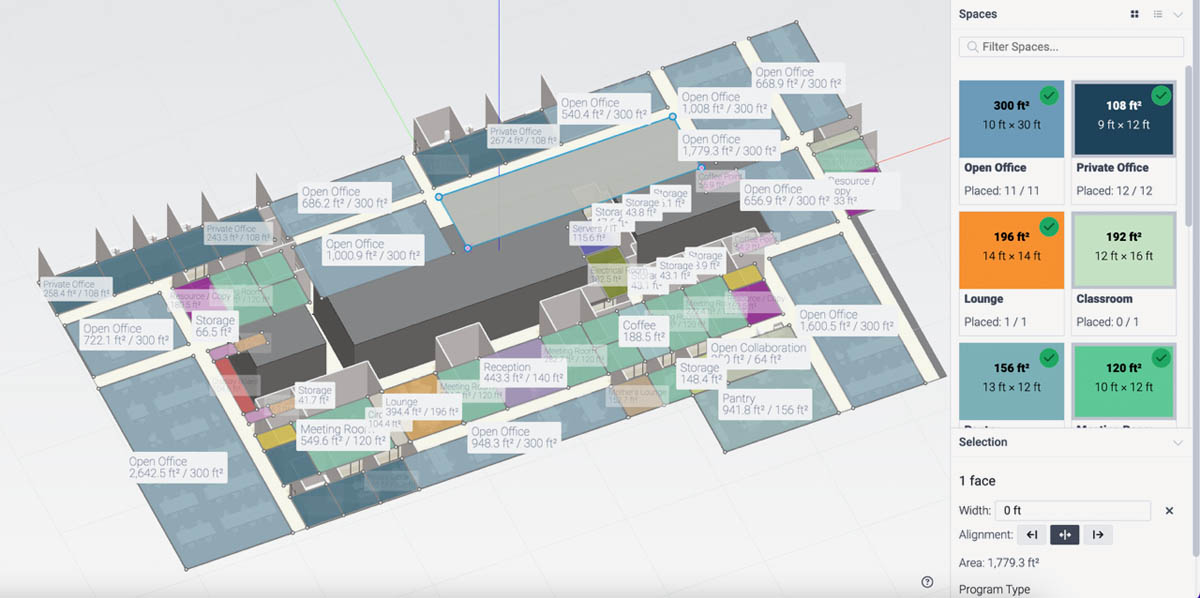
HighArc
With a particular focus on delivering a full design/spec/build solution for builders of single-family homes, HighArc still has potential to move to adjacent market segments.
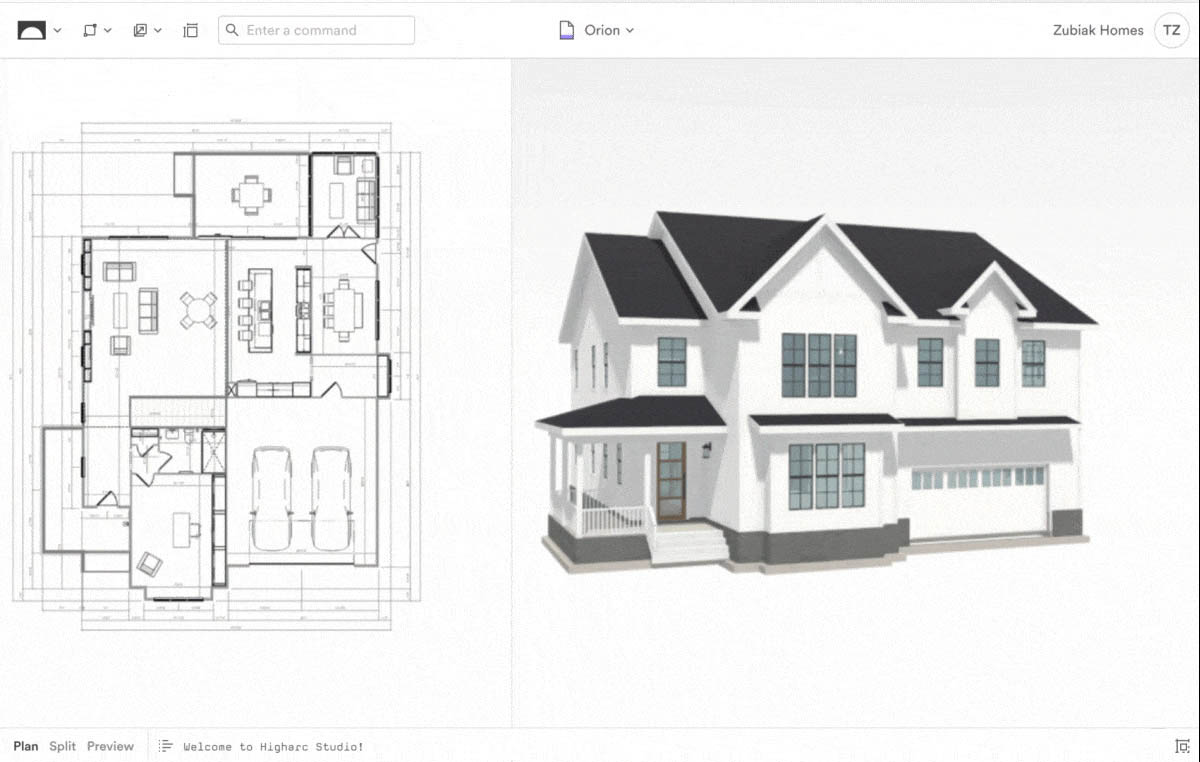
Testfit
Predominantly targets the early design needs of real-estate developers, with a focus on specific building typologies and infrastructure segments such as car parking.
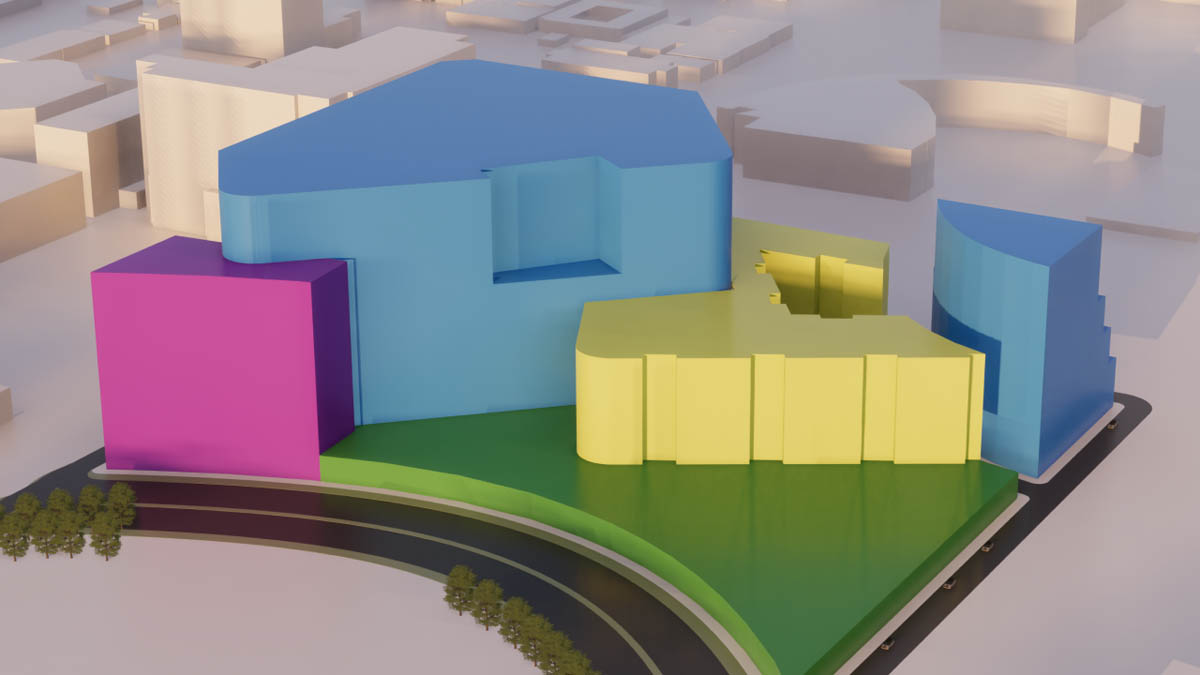
Parafin
Built specifically to support the rapid creation of optimised designs, budgets and investment models for hotel chains.
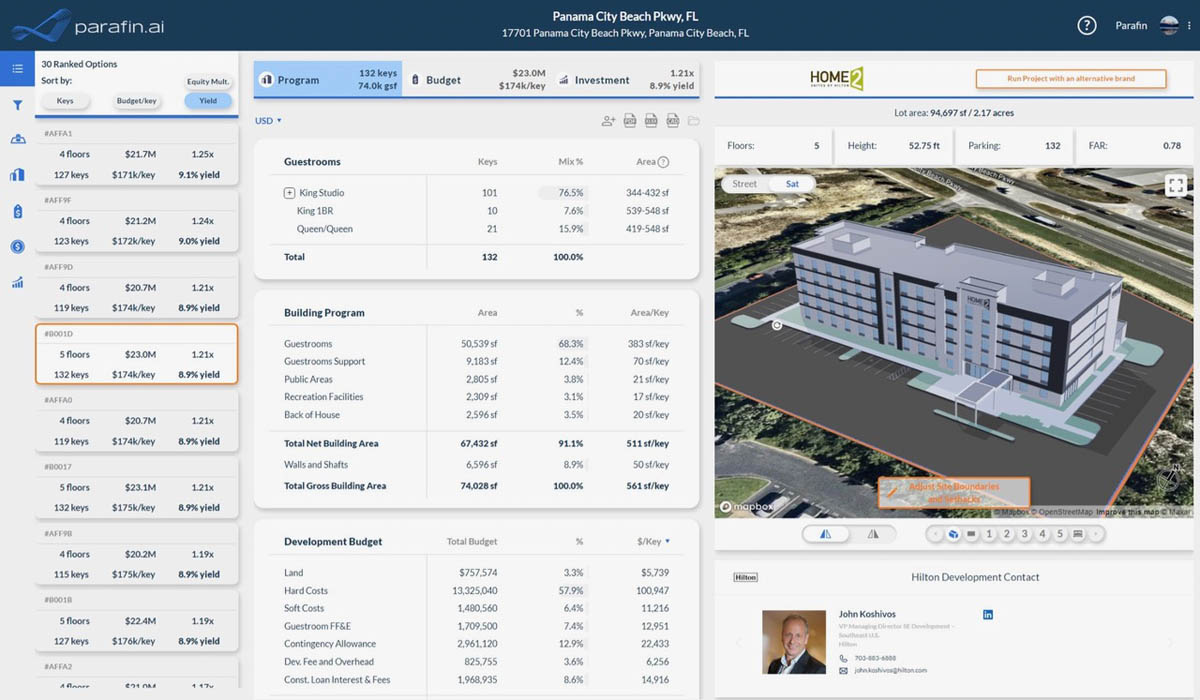
Skema
This company, of which I am a co-founder, helps architects develop catalogues of unitised, modular design assemblies from previously successful projects, which can then be used to deliver new schematic designs. This provides more detail and assurance of the constructability of those schematic designs, as all the detailed BIM intelligence is already included, dramatically accelerating the delivery of BIM deliverables.
